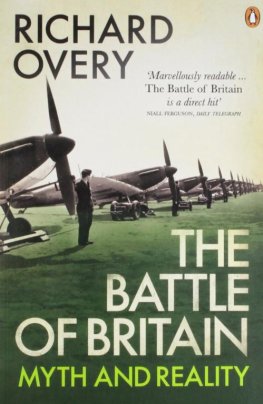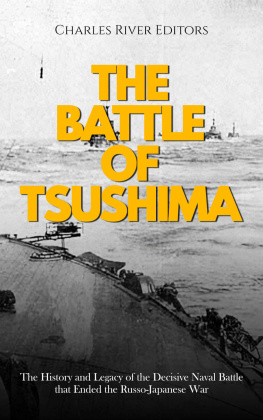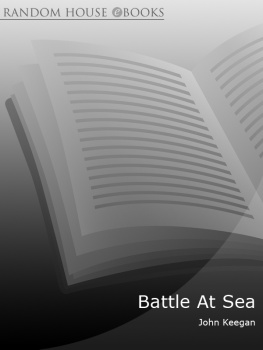BATTLE OF MIDWAY, WWII NAVAL BATTLE IN A FLY
Battle of Midway, WWII Naval Battle in a Fly
Captivating read on the Motives, Strategies, Tactics and the Winning Events of the decisive World War II Battle
Author: Edgar Wollstone
All rights reserved. 2020.
DEDICATION
At the Feet of Lord
ACKNOWLEDGMENTS
Sincerely thankful to everyone for their wholehearted support in making this book a reality.
Book Contents
Prologue
A quite morning typical of a Hawaiian Sunday, tweets and chirps of birds contributing to the morning hustle and bustle of every household is suddenly cleaved with the thunderous roars of dropping torpedoes. The United States, a neutral country at that time was not expecting an attack, not the least a surprise showering of dive bombers and torpedo bombers on its beatific naval base at Pearl Harbor on the fateful Sunday of December7, 1941. One of the events that was significant in marking the decisive entry of United States of America in the WW2.
Japan may have a string of reasons, political and military to justify its belligerence, but to unleash an ambush of this scale and potency, while peace negotiations were still in the offing was shocking and incredulous to America, which is why the US President Franklin D. Roosevelt proclaimed 7 December 1941 as a date that will live in infamy. Unsurprisingly, an antagonized America declared war against Japan the very next day, 8 December 1941.
So, what narked the Japanese so much that it carried out an uncalled for onslaught on America?
Let us delve a little deep into the US-Japan history for better understanding of political and diplomatic ties between these nations at an epoch that was marred by wars on all fronts.
Political Backdrop
A war between the US and the Japanese was a disaster waiting to happen since the 1920s. Sure, both nations had forged a rapport warm enough to trade amicably; after all, the two were allies against Germany in WW1. But things began to go awry and a host of political and diplomatic causes have contributed generously to this mayhem.
The first ever encounter between Japan and US can be dated back to 1850s, when Commodore Mathew C Perry- a name that went down in the pages of history as the Father of the Steam Navy in the United States- first alighted at the Tokyo Bay. It was a time when westerners were not allowed to hobnob with the general public and all trade was limited to the city of Nagasaki. Mathews landing has a greater historical significance, because until then western influence was greatly discouraged and Japan lead a more or less sequestered life, its geographical isolation made it all the more conducive for its lonesome ways. Seeing an outsider on its port, the Japanese fleet ordered him to retrace. Mathew was audacious enough to make a counter-demand to present a letter from the then US President Millard Fillmore to the Japanese Monarch. Upon being spurned his request, Mathew matter-of-factly blasted off buildings in the vicinity of the Japanese harbor. The Japanese, shell-shocked at Mathews audacity, conceded to present his letter and Mathew was instrumental in opening the Japanese ports after the Convention of Kanagawa 1854 was signed. In more ways than one, Mathew ended the Japanese isolation by opening its ports to the West, thus intimidating the Japan that it may also suffer the same plight as the Chinese that was fragmented and controlled by various colonizers.
To ward off a similar fate, Japan felt the need to look powerful. In a bid to realize this, they began imitating western ways. What best way to emulate the west, if not by colonizing other countries? The first prey of Japans debut invasion was none other than the nearest Korea; a country rich in coal and iron, a sine-qua-non resource of a nation on its path to industrialization. The only problem was, Korea was then a Chinese tributary state. Anyway, lets not digress, China and Japan can be discussed under Sino-Japan war.
Since late 1800s until 1940s, USA and Japan had a very amicable relation that thrived on goodwill, trust and mutual respect. This heyday of Japan-US camaraderie existed in the times of two fine Japanese statesmen, Prince Iyesato Tokugawa (1863-1940) and Baron Eiichi Shibusawa (1840-1931). Their concerted efforts were instrumental in building a good rapport with American diplomats. They worked hand in glove with several U.S. presidents, Grant, Theodore Roosevelt, Taft, Wilson and the likes. Under the tutelage of these fine gentlemen, the young and zealous communists too reciprocated the warmth the senior diplomats forged. The death of these two humanitarians was a clarion call for a hitherto unseen revolution in Japan. The Japanese militants pressured Japan to abandon its humanitarian dogmas and embrace lofty ambitions of joining Japan in the race to acquire global military power akin to the Axis powers that ruled the roost since time immemorial.
Starting in 1931, there were intermittent skirmishes from either side. The history of US-Japan discord cannot be complete without the mention of Chinas role in it; this inevitably leads us to the Sino-Japanese war.
Sino-Japanese War
China and japan were at logger heads for the first time in 1894(the first Sino-Japanese war), when the bone of contention was Korea. Both fought relentlessly for hegemonizing a resource-rich Korea. China suffered a pathetic defeat, losing Korea and Taiwan, along with other cities. Japan had even captured the coveted Liaodong Peninsula; Russias territory at that time, which inevitably led to Japan-Russia war 1904-1905. Japan emerged victorious, and this was a watermark victory that painted the Japanese in a new light as an indomitable contender in the tussle for Global supremacy.
Sino-Japanese war was a military conflict that was waged between the Republic of China and the Empire of Japan from 7 July 1937 to 2 September 1945. Since the invasion of Manchuria, tensions had been rife between the two Asian countries. Japans predilection with expansion set the wheels of animosity rolling between China and Japan. Manjuria was invaded not once, but twice; first in 1874 and then in 1931.
Japanese Invasion of Manchuria
The Japaneses hands were itching to grab more land from China and it decided to pull off a ruse. On Sep 18, 1931, the Japanese Infantry Regiment detonated a small amount of dynamite close to a railway line owned by Japan's South Manchuria Railway located near Mukden (present day Shenyang). The damage done was so paltry that a few minutes later, a train ran along jauntily. But the Japanese got a reason to usurp Manchuria. It invaded and occupied Manjuria and established puppet state of Manchukuo months later. This act of deception went down in the pages of history by the name Mukden Incident/Manjurian Incident. In China this incident is remembered as War of Resistance against Japanese Aggression. This was not the first time Japan attempted to invade Manjuria.
Battle of Jiuliancheng
Manjuria, the North Eastern province of China has always been a bone of contention between China and Japan. The Japanese invasion of Manjuria (1894) also called the Battle of Jiuliancheng or the Battle of Yalu River (a river on the border of North Korea and China) was a cakewalk for Japan in that the advancing Japanese army saw the Chinese had deserted their fortifications the night before. Without a semblance of resistance from Chinese General Song Qing and his men, in less than a few hours, the cities of both Jiuliancheng and Hushan were seized by Japan. Other provinces like Dadong were similarly captured without any resistance whatsoever as the Beiyang army- named after the Beiyang region, established by the Qing Dynasty- had abandoned their weapons and fled.







